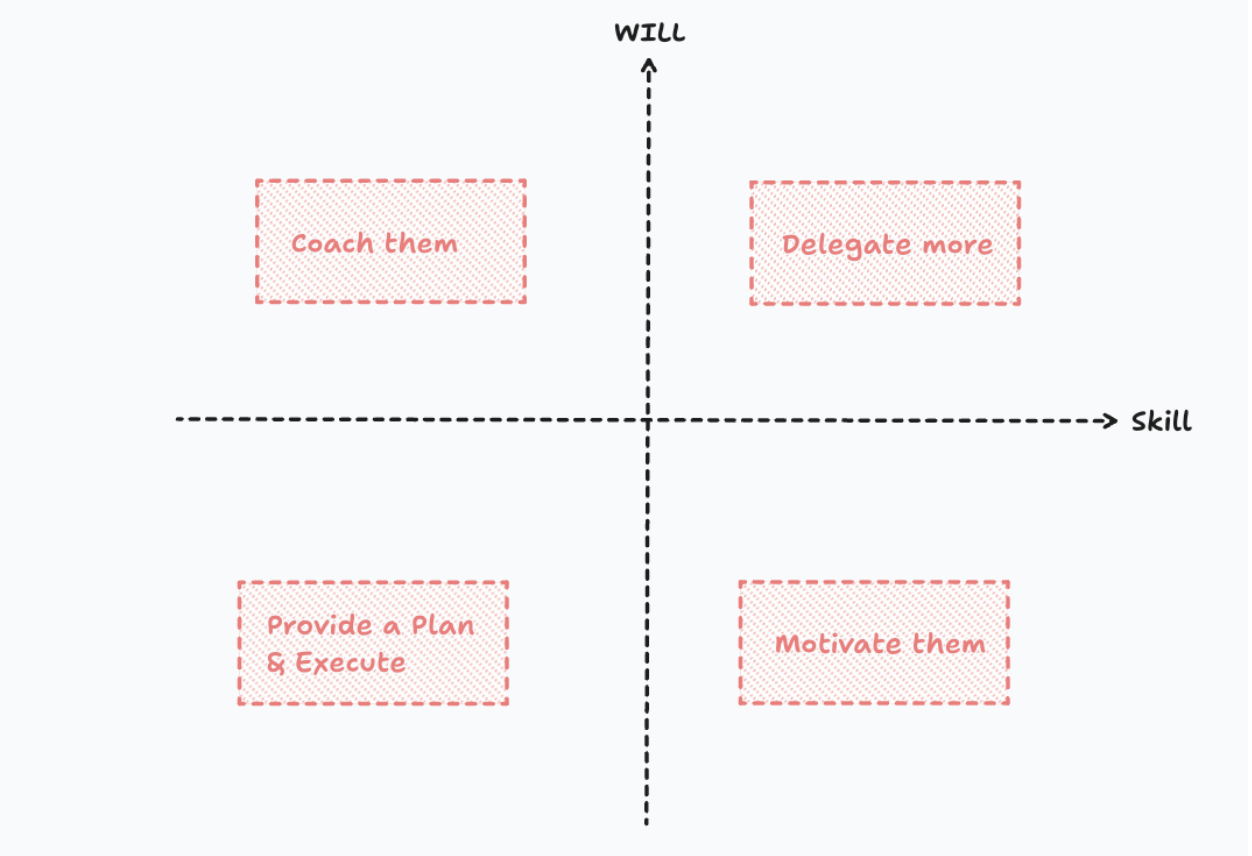You have 1 article left to read this month before you need to register a free LeadDev.com account.
Mental models can be handy tools for engineering leaders to navigate complex challenges. Here are four to consider adding to your own toolkit.
Engineering management involves navigating multiple complex challenges, often in parallel. As we are constantly facing complex obstacles, interpersonal conflicts and more, the ability to simplify this complexity and make sense of (new) situations is what makes mental models an invaluable tool for leaders.
Here are four core mental models that help me better interpret situations and guide my actions.
What is a mental model?
A mental model is a cognitive framework that helps individuals understand and interpret the world around them. These models help simplify complex concepts, aid decision-making, and improve problem-solving abilities. For any leader, mental models can provide structured approaches to managing teams, projects, and strategies, fostering better outcomes and more effective leadership.
Parkinson’s Law
Leadership often means engaging in numerous conversations and meetings. As a leader, my role is to help the business achieve their goals, support stakeholders, and empower the team to deliver value continuously. Often, external events force us to commit to deadlines.
Parkinson’s Law states, “Work expands so as to fill the time available for its completion.”
By applying this principle, deadlines become valuable constraints that encourage everyone to focus on what is essential to achieve our goals. In my experience, when conversations about a new feature, product or idea start, an early pre-mortem conversation combined with a reasonably tough deadline can help the team slice it into multiple smaller deliverables.
Another application of Parkinson’s Law is in managing meetings, where conversations tend to fill the time allocated. We’ve all experienced meetings where everything is clear within 20-30 minutes, yet the meeting continues. Remembering Parkinson’s Law helps me in two ways:
- I plan shorter meetings by default, typically 30-45 minutes instead of an hour.
- If I notice my mind drifting, I actively check if the meeting is still covering important topics.
The broken window theory of code
The Broken Window Theory suggests that visible signs of disorder and neglect, like broken windows, lead to further crime and antisocial behavior. This concept, as adapted by David Thomas and Andrew Hunt in the Pragmatic Programmer, provided me with a valuable mental model for understanding why neglecting code quality and continuous improvement can quickly degrade a codebase into a chaotic “Big Ball of Mud.”
While the Boy Scout Rule asks engineers to leave a codebase in better condition than they found it, I personally see engineers grasp the mental model of Broken Windows better than the Boy Scout Rule, as it starts with the outcome (Broken Window) and asks you to not leave “broken” parts and fix them as you go.
Skill-will matrix for situational assessment
As engineering managers we are tasked to grow the individuals and the team. Given that organizations and markets are constantly changing, the demand to assess and adapt the skills of them to support business has become a continuous process.
One tool that helps me to assess individuals in a team is the Skill-Will-Matrix (seen in the figure below). An optimal way to use the Skill-Will-Matrix is to have different aspects you want to evaluate one team member to have a more holistic view on their skills.
The moment I have a clear understanding of the different skills, and where that person in the quadrants is, I can start developing a plan to grow them.

Hanlon’s Razor for stakeholder communication
How often have you found, after multiple meetings and text threads, that one of your stakeholders didn’t fully understand the situation or problem at hand? Such back-and-forth conversations can become intense and exhausting for everyone involved. A mental model that helps me stay calm and focused during these discussions is Hanlon’s Razor.
Hanlon’s Razor advises not to attribute to malice what can be explained by ignorance or error. In stakeholder communication, this principle encourages you to approach misunderstandings with empathy and a focus on constructive resolution. By starting any conversation with the assumption of positive intent and addressing issues calmly, you can foster a more collaborative environment, more effectively navigate conflicts, and build stronger relationships with stakeholders.
Applying mental models
While I have found these mental models to be useful tools, it’s important to recognize that they come with trade-offs. Relying too heavily on them can lead to pigeonholing people or compartmentalized thinking, where we might oversimplify situations or overlook nuances. While mental models are powerful aids, we should constantly reflect on our assessments of any given situation or person.
Integrating mental models into your leadership toolkit can enhance your ability to navigate complex scenarios and foster a more productive, less stressful work environment. Remember to use them as guides rather than rigid rules, and you’ll find they significantly support your decision-making process while helping you grow as an effective leader.




